The Diverse Trove of She-Ra
There are many diverse characters in the show, with extremely different personalities, appearances, and stories.
Have you ever questioned the diversity of modern media? Many modern-day shows and cartoons feature heteronormative, white characters, while the more diverse characters are left in the background, without their own spotlight. Such a setting makes shows such as She-Ra and the Princesses of Power a unique treasure among cartoons. However, the thing that makes She-Ra even more powerful is that its intended audience is a younger generation, but teens and young adults have quickly picked it up because of the good animation, the lovable characters, and surprisingly complex story and themes that go beyond the common kids’ trope of the power of friendship.
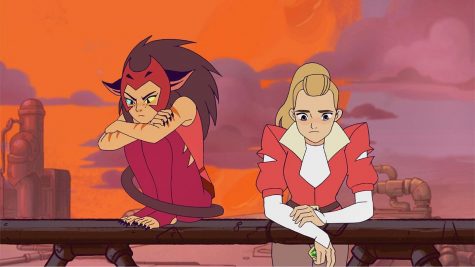
As soon as the show begins, we are thrown straight into what seems to be a war setting, with our protagonist, Adora, training in some sort of facility, while the outside world appears gloomy and stark against her aloof personality. In the first episode, we meet Catra, another important character who stays very relevant throughout the whole story. And while Adora’s main look is her iconic, blond ponytail, Catra is famous for her mask and catlike appearance too. Now, the main conflict in this kids’ show is quite literally a war with two sides: the Horde and the princesses. The audience is shown the Horde’s perspective on the evil, bloodthirsty princesses and the training they go through to fight them. All in order to save Etheria from their clutches, while we are left to wonder what side to cheer on. Adora, like a typical protagonist, is seen as the best soldier, who has amazing fighting combat and skills, leading to the “chosen one” trope. But that is only the first episode, which sets up the watcher for a whole lot more world-building and fights.
If the plot of She-Ra is already interesting to you, then you’d be delighted to find out that there is still much more to discover. In the entertainment industry, whenever there’s a diverse character, they’re usually stereotyped, with them only being in the show to earn “good points” among the viewers. Well, in this beloved production, diversity is everywhere you look, with people of color represented as well-developed characters who have their own unique personalities and ambitions. Take the charming mom friend Bow for example, who has a soft spot for his friends and is always ready to fight to protect them. LGBTQ+ representation isn’t missing either, with lesbian and gay couples, LGBTQ+ plots that actually happen, and a non-binary character who is neither good nor bad and is a fan favorite. And that is only a slice of the queer cake that is She-Ra and the Princesses of Power.
If you’re looking for a new, five-season masterpiece to binge, why not give She-Ra a try? I must warn you though, it took me a few episodes to really get into it. The start was a bit slow because of all the world-building, but right after it was non-stop action and interesting conflicts and relationships. If you’re not scared of becoming a hard-core fan like a lot of people I know, who really want Netflix to release a movie continuation, then maybe starting on this long, diverse journey will be a decision you won’t regret.



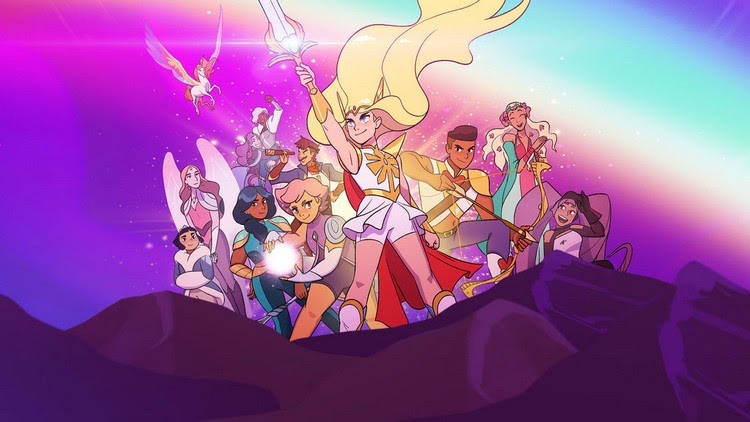


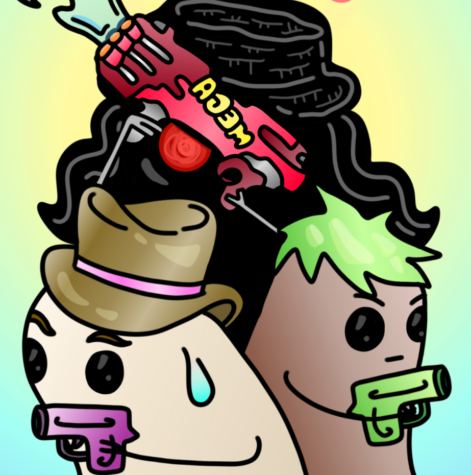
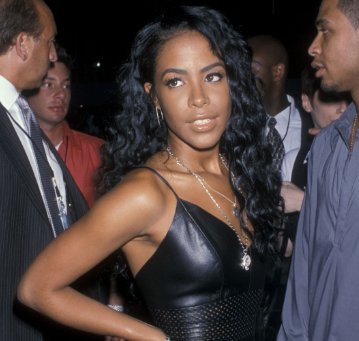
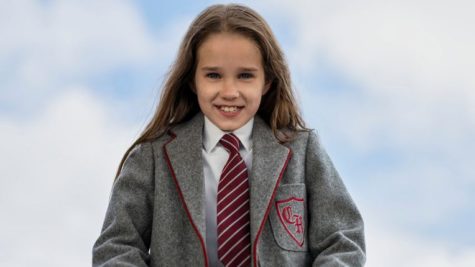


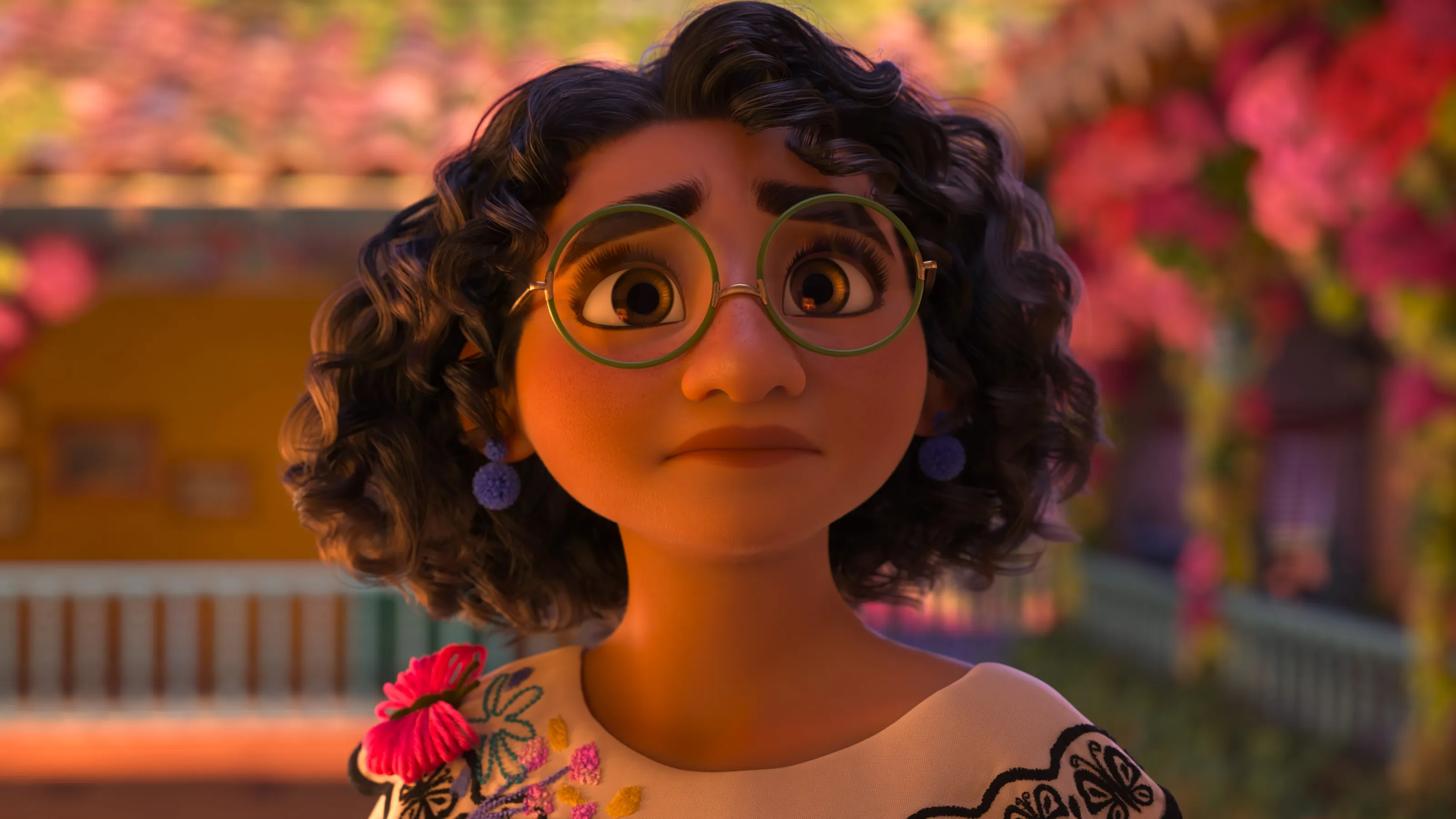
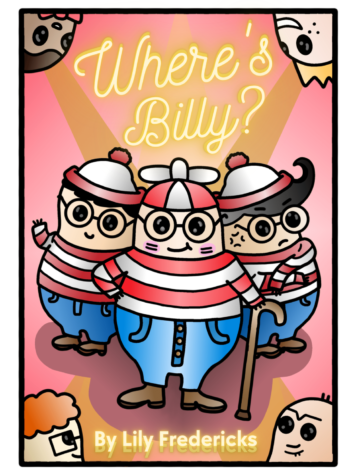
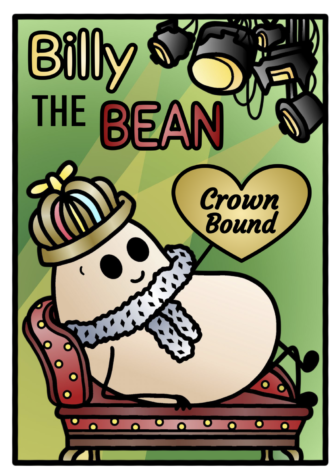
Asha Viswanathan • May 26, 2021 at 11:47 am
YES ALISA such a good article :,)